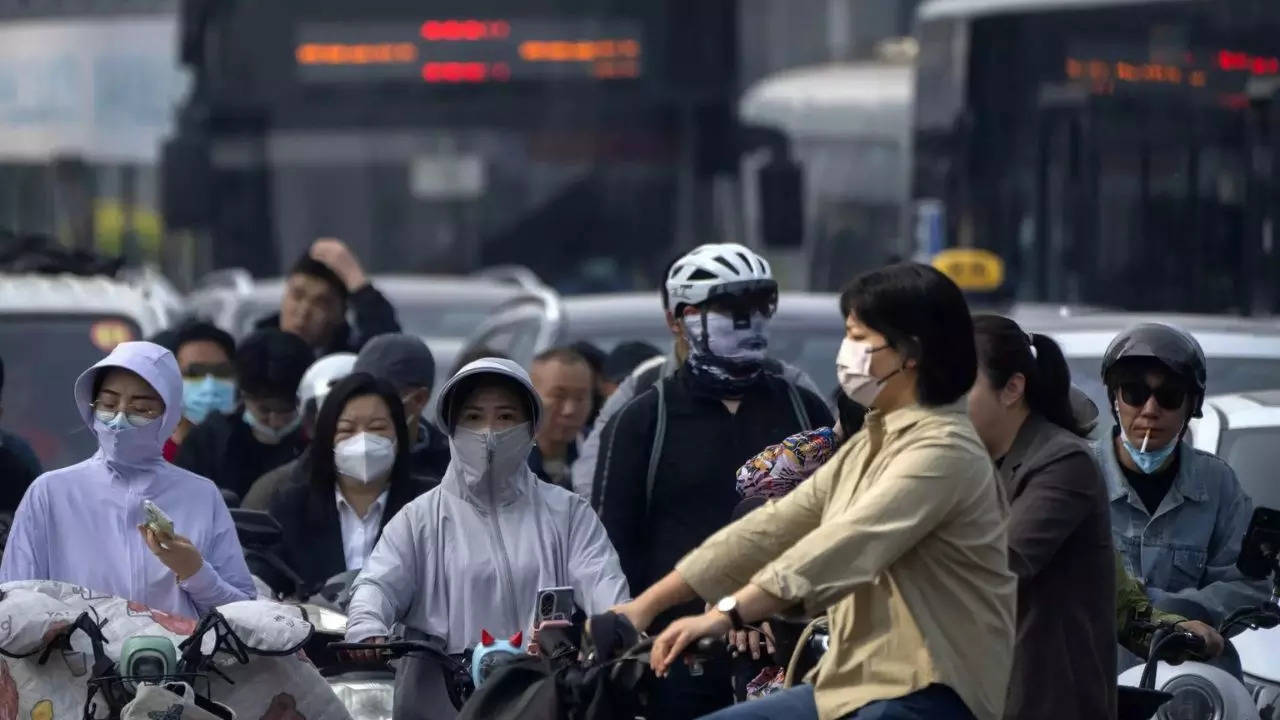The Centre has asked states & UTs to review the availability of manpower, hospital beds, drugs and vaccines for influenza and medical oxygen to deal with a potential surge in respiratory illness.They have also been advised to review the availability of personal protective equipment, testing kits and reagents, functionality of oxygen plants and ventilators, and infection control practices in health facilities.
The first outbreak of Covid-19 was also reported from China in December 2019. Later, the disease engulfed most of the world, including India, and caused the loss of lakhs of lives globally.
Many public health specialists accused China of trying to suppress or delay sharing of information about the outbreak which led to confusion and delayed response and allowed the disease to spread globally. This could also be a reason that this time around countries like India aren’t taking any chances, public health experts say but caution against panicking.
“People need to realise that it’s very common to have infectious diseases in isolated spots. Cases of swine flu or influenza or respiratory syncytial virus are commonly seen across the globe in small communities. So rather than going into the mystery, we need to be very clear scientifically before panicking about it,” said Dr Rahul Pandit, chairperson of the critical care department at Sir HN Reliance Foundation Hospital, Mumbai.
The main effect of Covid-19 was seen on the lungs. Because the current wave of illness being reported from China is also causing respiratory symptoms mainly, all states and UTs have been advised to implement ‘Operational Guidelines for Revised Surveillance Strategy in the context of Covid-19’, shared earlier this year, which provides for integrated surveillance of respiratory pathogens presenting as cases of influenza like illness (ILI) and severe acute respiratory illness (SARI).
The states & UTs have also been asked to ensure that the trends of ILI/SARI should be closely monitored by the district and state surveillance units of Integrated Disease Surveillance Project (IDSP), particularly of children and adolescents.
States have also been asked to send nasal and throat swab samples of patients with SARI, particularly of children and adolescents, to the virus research and diagnostic laboratories (VRDLs) in the states for testing for respiratory pathogens, said an official.
Some reports suggest the surge in respiratory illness in China is being caused by the co-existence of multiple viral infections, for example influenza, respiratory syncytial virus and SARS-CoV2. The WHO has already made an official request to China for detailed information on the same. The UN health body has requested China for epidemiologic and clinical information, as well as laboratory results from these reported clusters among children, through the ‘international health regulations’ mechanism.







